#RareRides
Rare Rides Icons: The Cadillac Eldorado, Distinctly Luxurious (Part VIII)
In our last installment of Rare Rides Icons, we noted exterior visual differences between the Eldorados of 1953 and 1954. While the first Eldorado wore bodywork unique to the model, the second generation relied on trim and some badging to justify its price increase over the lesser Series 62. Today we slide into the Eldorado’s leather-clad interior to see how things fared in the transition to a mass-produced model.
Rare Rides Icons: The Cadillac Eldorado, Distinctly Luxurious (Part VII)
We return to the Cadillac Eldorado saga today by popular demand. In our last entry, we delved into the engineering and platform changes that arrived for the entire Cadillac line in 1954. In short, the same C-body platform continued in use for Series 62, Sixty Special, and Eldorado with new bodywork and additional standard features. Eldorado was repositioned in ‘54 to become mass market, and lost its unique styling. That meant visual differences between it and the lesser Series 62 convertible were down to pieces of trim.
Rare Rides Icons: The Cadillac Eldorado, Distinctly Luxurious (Part VI)
As we learned in our last installment, when the second generation Eldorado debuted in 1954 it was repositioned at Cadillac. No longer was it an ultra expensive and largely hand-built conveyance for a select few who could afford it. Rather it appeared as a sort of premium trim package on top of the company’s bread and butter Series 62. No unique body panels, no special interior design, no single-model windshield. Was there much left to differentiate Eldorado from its sibling?
Rare Rides Icons: The Cadillac Eldorado, Distinctly Luxurious (Part V)
Of the three high-dollar, limited-production two-door convertibles GM debuted in 1953, Cadillac’s Series 62 Eldorado was far and away the most expensive. With its drop-door styling, a loaded interior covered in additional leather, and a sky-high $7,750 price tag, Eldorado was out of the reach of the majority of consumers. And though it sold only 532 examples, GM felt the model’s future was bright. That is if they could just cut the asking price down to something more reasonable. Enter the all-new 1954 Eldorado, swimming in a sea of fins.
Rare Rides Icons: The Cadillac Eldorado, Distinctly Luxurious (Part IV)
In our last Eldorado entry, we discussed the exterior differences between Cadillac’s standard Series 62 convertible and the limited production Eldorado. Visual differences were few, and limited to a revised window line via “drop door” sheet metal, and a wraparound windshield that was fitted only to the Eldorado in ‘53. There were interior differences too, though they didn’t quite add up to the “specially designed instrument panel” claim in the marketing.
Rare Rides Icons: The Cadillac Eldorado, Distinctly Luxurious (Part III)
Rare Rides Icons: The Cadillac Eldorado, Distinctly Luxurious (Part II)
We began our journey through 50-plus years of the Cadillac Eldorado last week. Conceived as a new high-end convertible in the years leading up to the personal luxury car, the Series 62 Eldorado “sports convertible” wore unique sheet metal to all other Cadillac models in 1953. Joined that year by the Oldsmobile Ninety-Eight Fiesta and Buick Roadmaster Skylark, the trio represented GM’s new high-cost, low-volume halo convertible experiment. Unlike later examples of two-door vehicles from the three most expensive GM brands, these three were not the same underneath.
Rare Rides Icons: The Cadillac Eldorado, Distinctly Luxurious (Part I)
After completing our extensive Rare Rides Icons coverage of every Lincoln (Continental) Mark between 1939 and 1998, it seems only fair we cover the Mark’s arch-rival in a similar fashion. Though the General Motors competition arrived long after the Continental name was applied to a Lincoln, its history is equally varied and interesting. Come along as we learn about another luxurious subject: the Cadillac Eldorado.
Rare Rides Icons: The Lincoln Mark Series Cars, Feeling Continental (Part L)
We’ve reached the end of the road for the Lincoln Mark series. Through 50 installments on these pages that span history back to 1939, the Lincoln Mark (née Continental Mark) met its end in June of 1998. To celebrate the occasion of the Mark’s demise, it was time for one last go at a very special version: the 1998 Collector’s Edition. A trim package like Lincoln created previously for the Mark V in 1979, Collector’s Edition introduced some luxury features that should have been standard on Mark VIII all along.
Rare Rides Icons: The Lincoln Mark Series Cars, Feeling Continental (Part XLIX)
In our last Mark VIII installment, we reached the coupe’s final (and divisive) styling refresh that debuted for the 1997 model year. Arguably more bulbous, less cohesive, and with a trim design that highlighted the many instances where there was less than perfect build quality, the Mark VIII entered its final two years with a new look. There were some changes underneath the skin too, and even a couple of very special limited-run trims in a similar vein to the Diamond Anniversary package of 1996.
Rare Rides Icons: The Lincoln Mark Series Cars, Feeling Continental (Part XLVIII)
As we learned in our last installment, when the Mark VIII debuted for 1993 it was (puzzlingly) in a single trim level, absent any designer name or sportier LSC. This omission was remedied midway through the 1995 model year when the LSC made its triumphant and monochromatic return to the lineup. The only exciting news for the Mark in 1996 was the limited edition Diamond Anniversary package, to celebrate Lincoln’s 75th birthday. The following year Lincoln debuted a mid-cycle refresh for the Mark VIII, though it ended up more of an end-of-life refresh. Are you ready for some new, blobby shapes?
Rare Rides Icons: The Lincoln Mark Series Cars, Feeling Continental (Part XLVII)
When the Mark VIII debuted for the 1993 model year with a daring and sleek new body and an interior to match, it was indicative of the forward-looking, modern direction of Lincoln’s personal luxury coupe. This new school of design was evident inside and out: No longer were there acres of velour, tall hood ornaments, and goofy color schemes created “by designers.” Instead focus was on a generous helping of luxury features, high-tech doo-dads, and a singular trim level. Sorry, Mr. Bill Blass.
Rare Rides Icons: The Lincoln Mark Series Cars, Feeling Continental (Part XLVI)
Last week we examined the curvaceous organic exterior styling the new Mark VIII wore for its 1993 debut. As one of the early offerings from the Super Smooth Soap Bar School of Design that arrived in the Nineties (think Chrysler LHS, Lexus SC 400, Toyota Celica), the Mark VIII looked much different from the more conservative Mark VII. And it had an interior design aesthetic to match. Beware: Sweeping swaths of plastic lie ahead!
Rare Rides Icons: The Lincoln Mark Series Cars, Feeling Continental (Part XLIV)
When the MN12 platform project was launched in 1984, Ford’s plan to take on European two-doors saw the standard Thunderbird and Cougar chassis lightly revised (via more aluminum) into the FN10. The FN10 was used exclusively in the Lincoln Mark VIII and also debuted an all-new sophisticated aluminum V8 engine. Unlike the Thunderbird and Cougar which shared body panels, the Mark VIII was deemed worthy of its own styling. The development of said styling was a long and bumpy road and led to a considerable delay in the Mark VIII’s launch.
Rare Rides Icons: The Lincoln Mark Series Cars, Feeling Continental (Part XLIII)
Ford spent a lot of money and a lot of time on the development of the MN12 platform. An intentional move on the company’s part, the plan was to catch a more elevated customer than those persuaded by the Fox body trio: Ford Thunderbird, Mercury Cougar, and Lincoln Mark VII. In particular, BMW was on the mind of all domestic manufacturers in the Eighties as yuppies pursued status and Ultimate Driving Machine pleasure. Ford attempted to deliver the same experience for less money with its MN12 coupes and derivative FN10; a lightly reworked MN12 chassis used exclusively on the new Mark VIII.





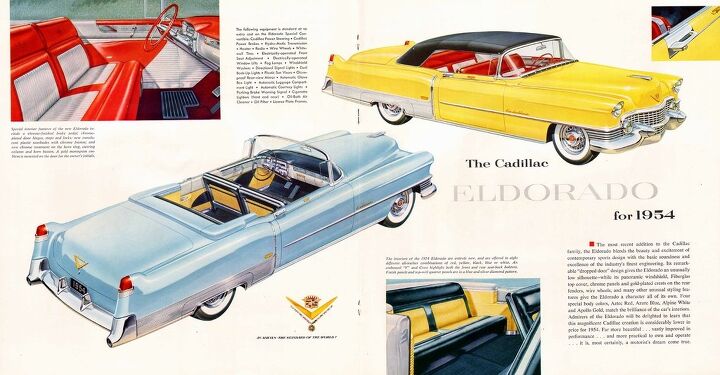
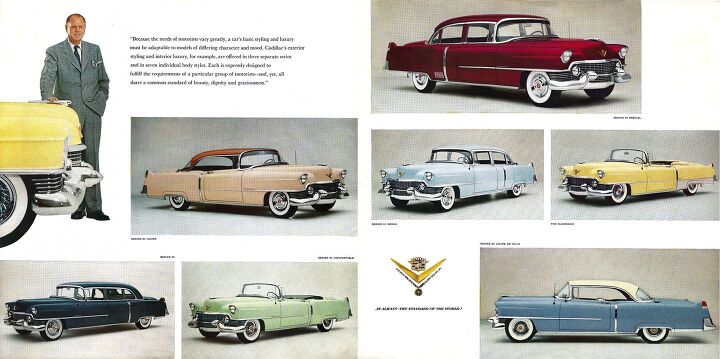

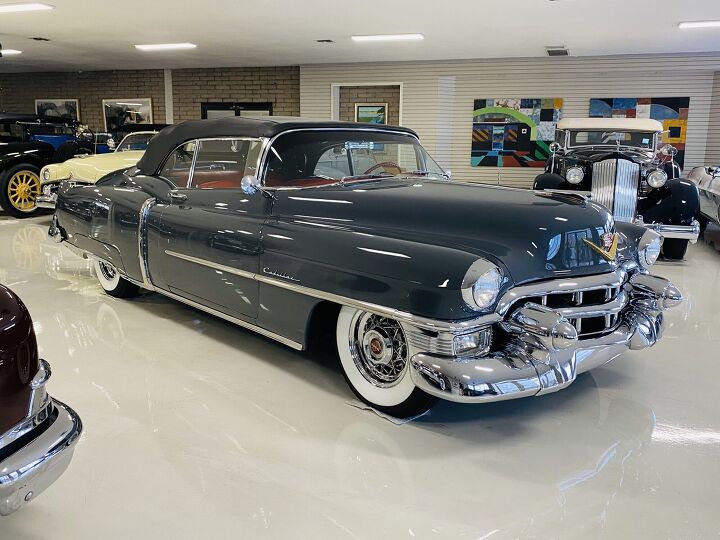
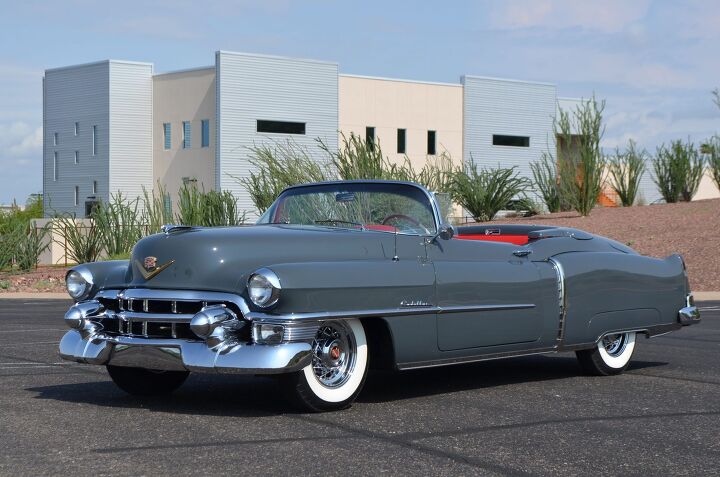


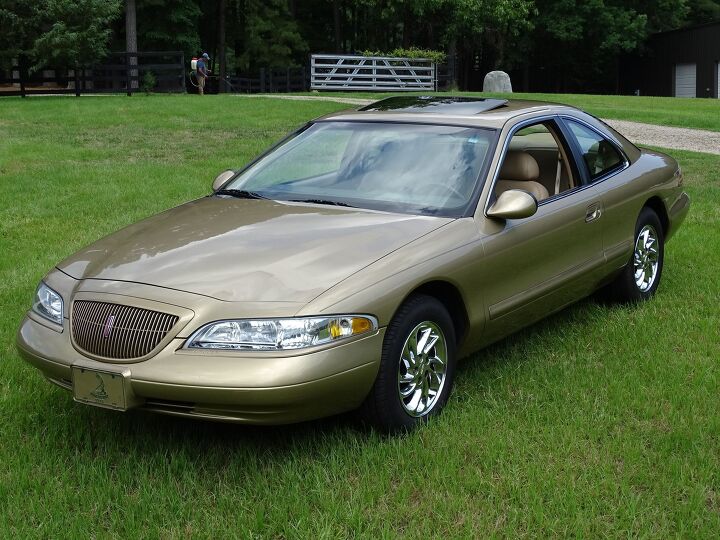
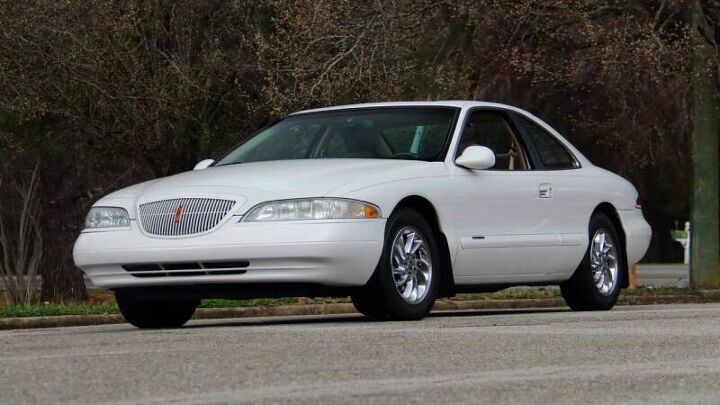

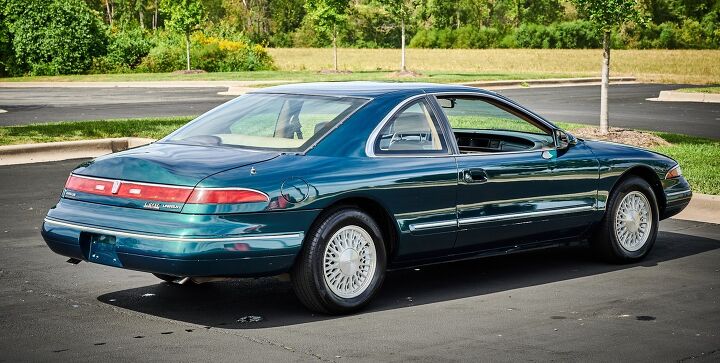
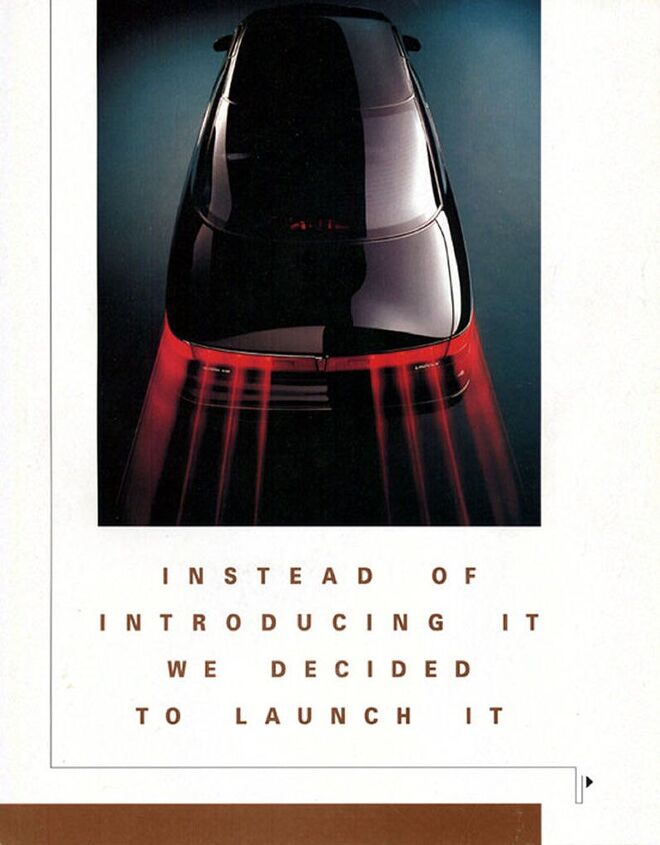













Recent Comments